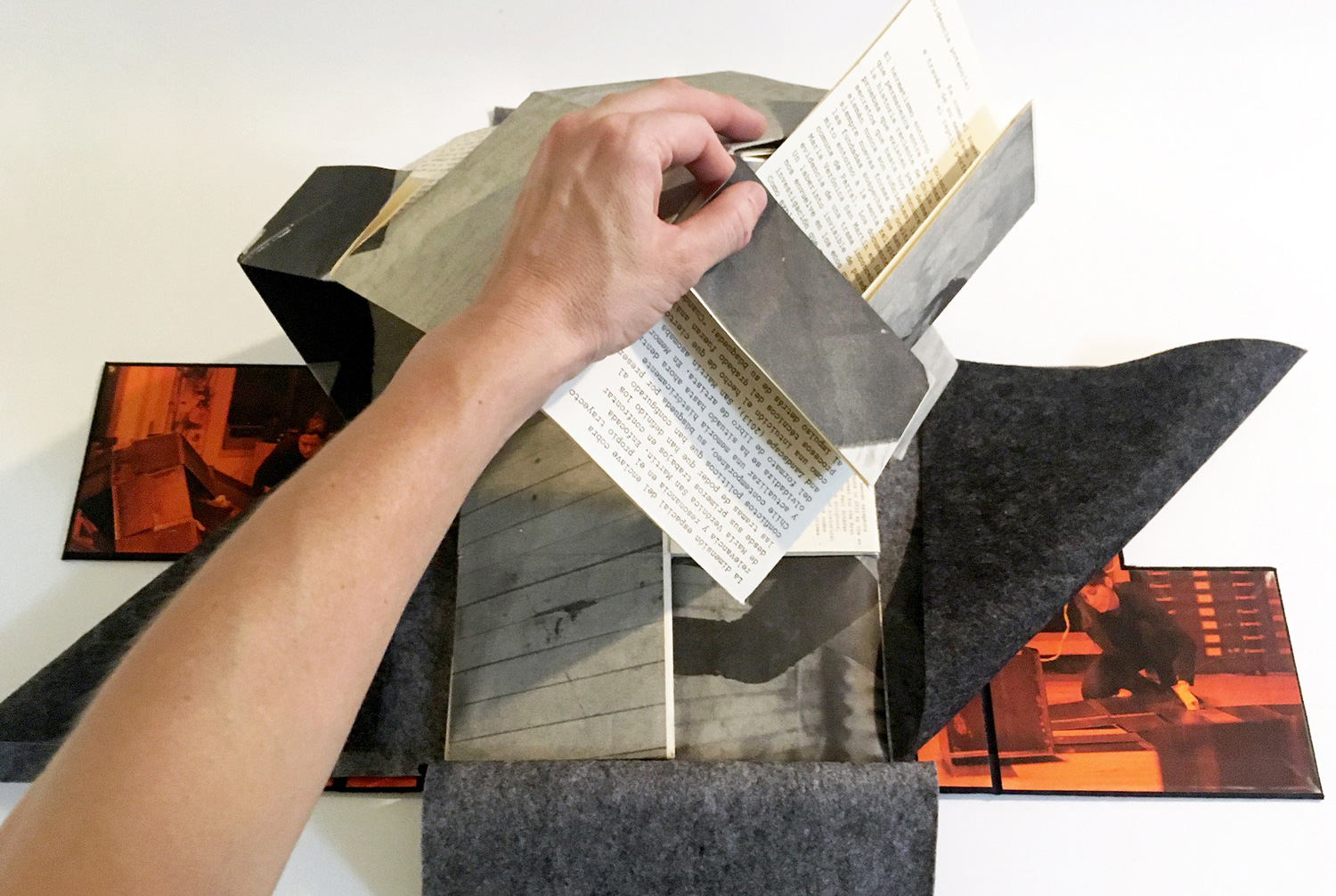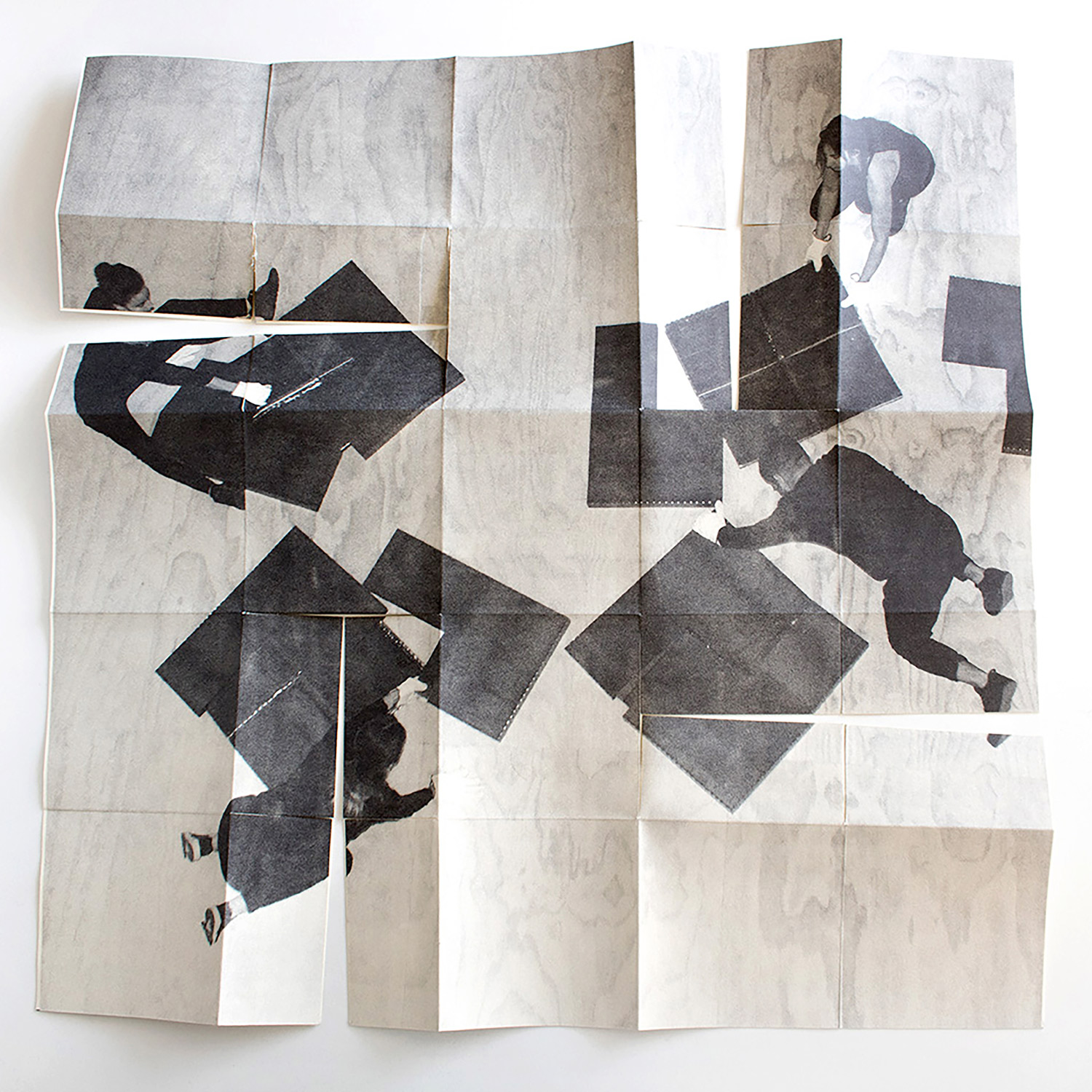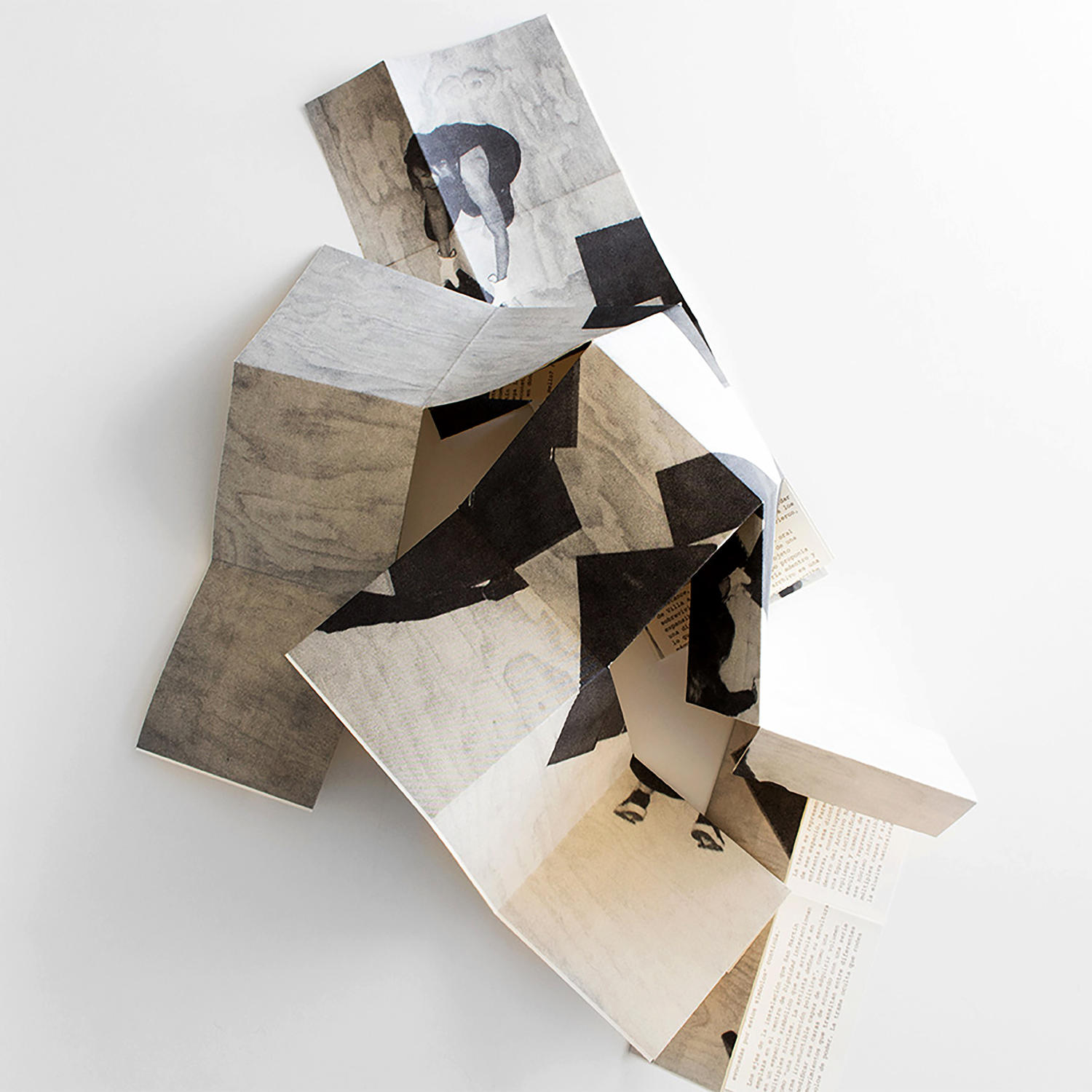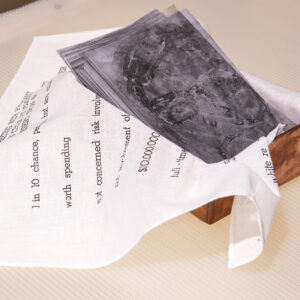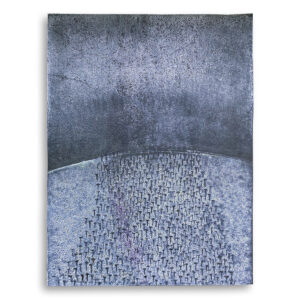Dignidad
Dignidad
Date
2019
Edition Size
50
Media
Lithograph, Photography, QR code
Paper
Photo paper, Rives BFK
Dimensions
11 × 11 in
Location
Brooklyn, NY, Chile
Collection
Collection Development, Limited Edition Artists Books$ 7,000.00
Unavailable
View Collectors
Association for Memory and Human Rights on Colonia Dignidad
Bainbridge Island Museum of Art
Colección Engel
Iberoamerikanische Bibliothek
National Archive of Chile
Princeton University
Rutgers University
The University of Iowa (UI)
Trinity College
University of California, Irvine (UCI)
University of Delaware Library
University of Illinois
Dignidad is a visual and sound installation at The National Archive of Chile based on secret telephone documents about Colonia Dignidad. Found in 2012 by the ex-settler and activist Winfried Hempel, the audios reveal to the public for the first time conversations between Paul Schäfer and other Nazi agents during 1978.
Through sculpture, sound, performance, text, and a selection of historical archives, the installation reveals a complex system of codes and transcontinental actions that culminated in crimes against minors and opponents of the Chilean civic-military dictatorship (1973-1990).
The artist’s book Dignidad documents a two years research-based project on Colonia Dignidad, which highlights the human rights violations committed in an isolated settlement established in the 1960s by Nazis in Chile before and after the dictatorship of Pinochet. Multiple crimes against humanity, including torture, execution, and child abuse were committed inside the enclave. Today, the various criminal cases remain primarily unprosecuted and unresolved, due to the lack of political will, unresolved issues of legal jurisdiction, statute of limitations, the death of most of the principal offenders and the questionable legal status of the Colonia Dignidad which had been recently re-incorporated as an autonomous agricultural production center and renamed Villa Baviera.
“I define this artist’s book as a political abstraction, which refers to the history of Colonia Dignidad through the construction and deconstruction of symbols of power. The spaces of segregation and repression can be imagined spatially and conceptually through the architecture of the bunkers of the Colonia Dignidad period. The physical transformation of the sculpture manifests as the history’s relevance and resonance of the ideologies evoked by symbols and spaces”
The book is composed by two photolithography that documents two performances with 4 metal sculptures and a historical/curatorial text of Chilean writer Matias Celedon in English and Spanish. These two lithographies are folded as a square shape, wrapped in felt and contained in a customized hand made box with black book cloth, a photograph and hot stamp title with brass hand set type.



